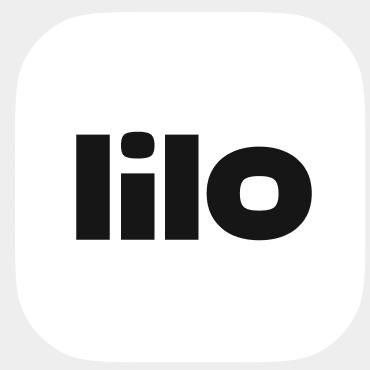AI is rapidly reshaping the procurement landscape across various sectors, including hospitality, commercial real estate, retail, construction, and automotive manufacturing.
Organizations are eager to leverage AI to process large volumes of data for strategic decision-making and automate labor-intensive tasks.
From predicting price trends to selecting suppliers and identifying fraud risks, AI’s potential in procurement is enormous. But, maximizing its benefits requires careful consideration and strategy.
Zero in on Procurement Pains
Begin with well-defined, tangible challenges and streamline existing processes instead of creating new ones.
Rather than pursuing vague objectives or expecting AI to transform all procurement tasks overnight, procurement leaders should identify specific pain points where AI can deliver immediate value.
For example, AI can streamline repetitive tasks like invoice processing, reordering, supplier performance analyses, and contract management or improve demand forecasting accuracy.
These small yet impactful applications of AI in procurement provide a quick ROI and build confidence in AI’s capabilities.
Businesses can see real results early on with this approach.
Harness as much Procurement-Related Data as Possible
Data is the lifeblood of AI systems. The more data it has, the better it performs.
Procurement departments should prioritize capturing as much relevant data as possible, even before knowing how to use it all.
Data feeds from invoices, contracts, market trends, and supplier performance help train procurement AI models to strengthen their ability to predict, forecast, and provide actionable insights.
Although AI can potentially extract insights from unstructured data with NLP (Natural Language Processing) and computer vision, businesses do require strong data governance at this stage to ensure procurement AI systems are fed clean, structured data.
Procurement AI Scaling Strategy
A measured approach to embedding AI into procurement workflows allows assessment of AI’s effectiveness in cutting costs, automating tasks, or improving top-down visibility without overwhelming the organization.
Organizations should:
- Launch targeted AI proof of concepts or pilots
- Focus on no more than a couple of specific pain points initially
- Run controlled tests and fine-tune algorithms before expanding
This strategy allows companies to get their calculations right with measurable gains before gradually scaling up to broader applications with an AI-driven procurement-as-a-service.
Give Procurement AI Clear Tasks to Solve
Vertical AI models excel at narrow, specific use cases.
Evaluate which routine tasks require significant time and effort from the procurement team but have clear performance outcomes.
Complex tasks like strategic supplier negotiations or high-stakes supplier management may not be suitable for an immediate AI takeover in procurement.
But, most businesses can use procurement AI for tasks like:
- Categorizing procurement costs
- Analyzing expenditure based on historical trends
- Predicting future demand based on invoice line items
For instance, a global retail giant like Walmart took years to fully integrate an autonomous AI chatbot into their procurement operations. The company focused on specific, measurable challenges to make better use of procurement AI’s strengths while preparing for more complex integrations down the line.
Prepare for a Strategic Reorientation
As AI takes over rules-based tasks, the procurement-skills’ profile will undoubtedly require a strategic shift.
Businesses need to figure out how they can:
- Re-skill their teams
- Implement change management to ensure user adoption across updated workflows
- Position AI as an augmentation tool, not a replacement for human expertise


